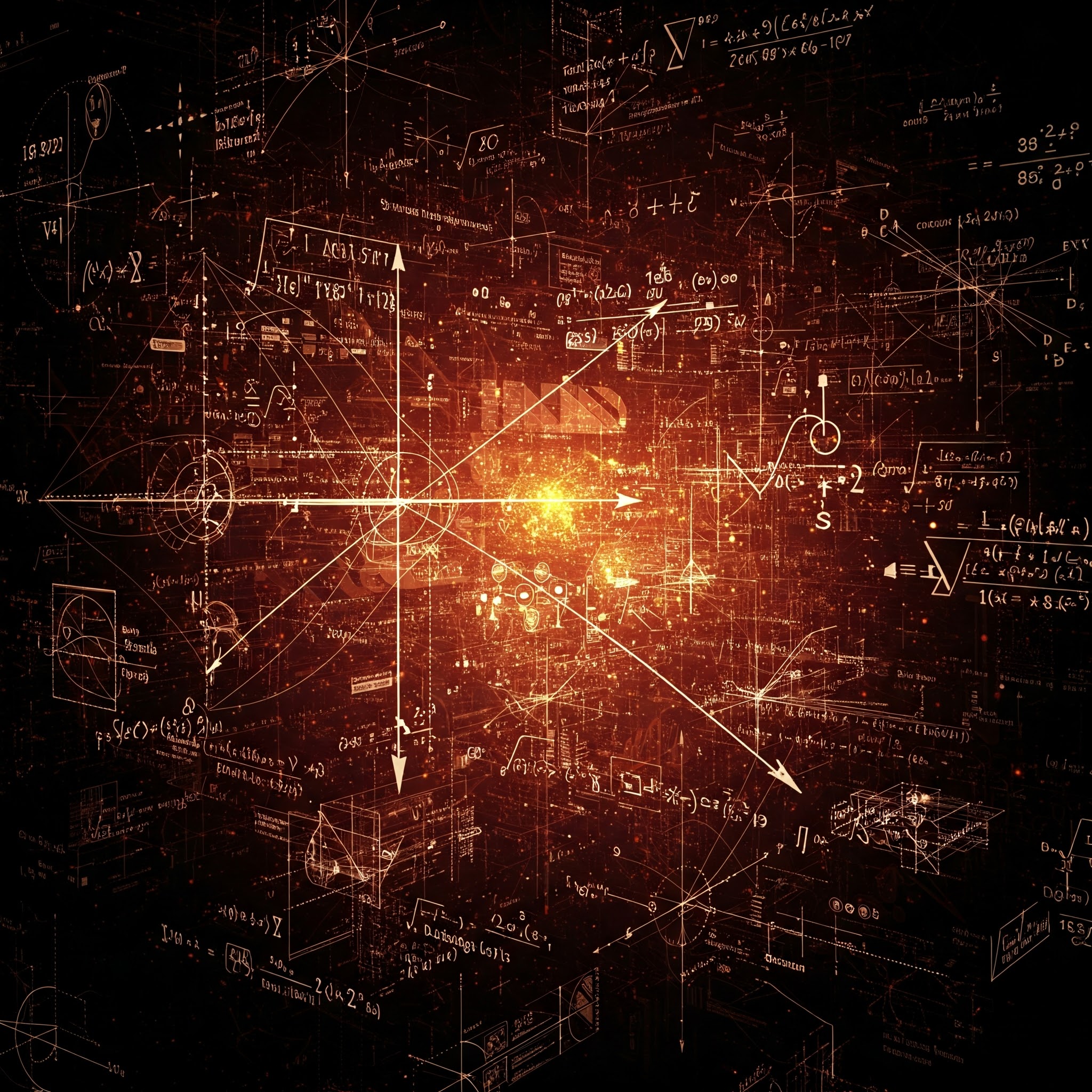The Beauty of Human Creativity in the Age of AI
"The greatest scientists are artists as well." — Albert Einstein
The Mathematical Beauty of Creativity
Human creativity often follows patterns that can be described mathematically. Consider the Fibonacci sequence, which appears throughout nature and art:
$\(F_n = F_{n-1} + F_{n-2}\)$
This simple recursive relationship generates a sequence that governs everything from the arrangement of leaves on a stem to the proportions in renaissance paintings. The golden ratio, approximately \(\phi \approx 1.618\), emerges from this sequence as:
$\(\phi = \lim_{n \to \infty} \frac{F_{n+1}}{F_n}\)$
Artists throughout history have intuited these mathematical relationships, incorporating them into their work long before they were formally understood.
The Creative Process Visualized
The human creative process follows a non-linear path that involves conscious and unconscious elements:
This process differs fundamentally from computational approaches, which typically follow more linear paths.
Comparing Human and AI Understanding
When humans create art, they understand not just the patterns but the meaning behind them. Consider this comparison of how humans and AI might interpret a poem:
| Aspect | Human Understanding | AI Processing |
|---|---|---|
| Metaphor | Connects to personal experiences | Recognizes pattern from training data |
| Emotion | Feels emotional resonance | Identifies emotional keywords |
| Cultural Context | Draws on lived cultural knowledge | Maps to statistical associations |
| Ambiguity | Embraces multiple interpretations | Attempts to resolve to most probable meaning |
| Purpose | Seeks personal meaning | Optimizes for predicted response |
The Science Behind Creative Insight
Research in neuroscience has revealed fascinating aspects of the creative process. When we experience a moment of insight or "eureka" moment, there's a surge of alpha waves in the brain and activation of the anterior superior temporal gyrus.
The probability of creative insight can be modeled as:
$\(P(insight) = \frac{e^{\beta_0 + \beta_1x_1 + \beta_2x_2 + ... + \beta_nx_n}}{1 + e^{\beta_0 + \beta_1x_1 + \beta_2x_2 + ... + \beta_nx_n}}\)$
Where \(x_1, x_2, ..., x_n\) represent factors like domain expertise, psychological safety, and cognitive flexibility.
Creative Decision Trees
Every creative work involves countless decision points that shape the final outcome:
These decision trees demonstrate the complexity of the creative process and the vast possibility space that artists navigate.
The Evolving Relationship Between Human and Machine Creativity
As AI systems become increasingly sophisticated, the relationship between human and machine creativity continues to evolve:
Mathematical Models of Creative Thinking
Edward de Bono's concept of lateral thinking can be represented mathematically as a search through a solution space with the following characteristics:
$\(S = {s_1, s_2, ..., s_n}\)$
Where each \(s_i\) represents a potential solution. Traditional linear thinking follows the gradient:
$\(\nabla f(s) = \left( \frac{\partial f}{\partial s_1}, \frac{\partial f}{\partial s_2}, ..., \frac{\partial f}{\partial s_n} \right)\)$
While lateral thinking introduces random jumps:
$\(s_{new} = s_{current} + \eta \cdot \text{random}()\)$
Where \(\eta\) is a parameter controlling the magnitude of the random jump.
Creativity as a Complex System
The creative ecosystem can be modeled as a complex adaptive system with feedback loops:
The Neurochemistry of Creativity
Different neurotransmitters play key roles in various phases of creativity:
| Phase | Primary Neurotransmitters | Brain Regions | Function |
|---|---|---|---|
| Exploration | Dopamine | Prefrontal Cortex | Curiosity and reward |
| Focus | Norepinephrine | Anterior Cingulate | Sustained attention |
| Insight | GABA (reduction) | Right Temporal Lobe | Decreased inhibition |
| Evaluation | Serotonin | Orbitofrontal Cortex | Mood regulation |
| Flow States | Endorphins, Anandamide | Global | Pleasure and time distortion |
The flow state, often described as the peak creative experience, can be modeled with the equation:
$\(Flow = \frac{Skill \times Challenge}{Distractions}\)$
Looking to the Future
As we navigate an increasingly AI-driven world, human creativity will continue to evolve and find new expressions. The uniquely human aspects of creativity—our embodied experiences, emotional depth, cultural context, and search for meaning—will remain irreplaceable elements of the creative process.
"The principal mark of genius is not perfection but originality, the opening of new frontiers." — Arthur Koestler
This article was written entirely by hand, allowing for the natural integration of mathematical concepts, visual diagrams, and deeply human reflections on the creative process.
